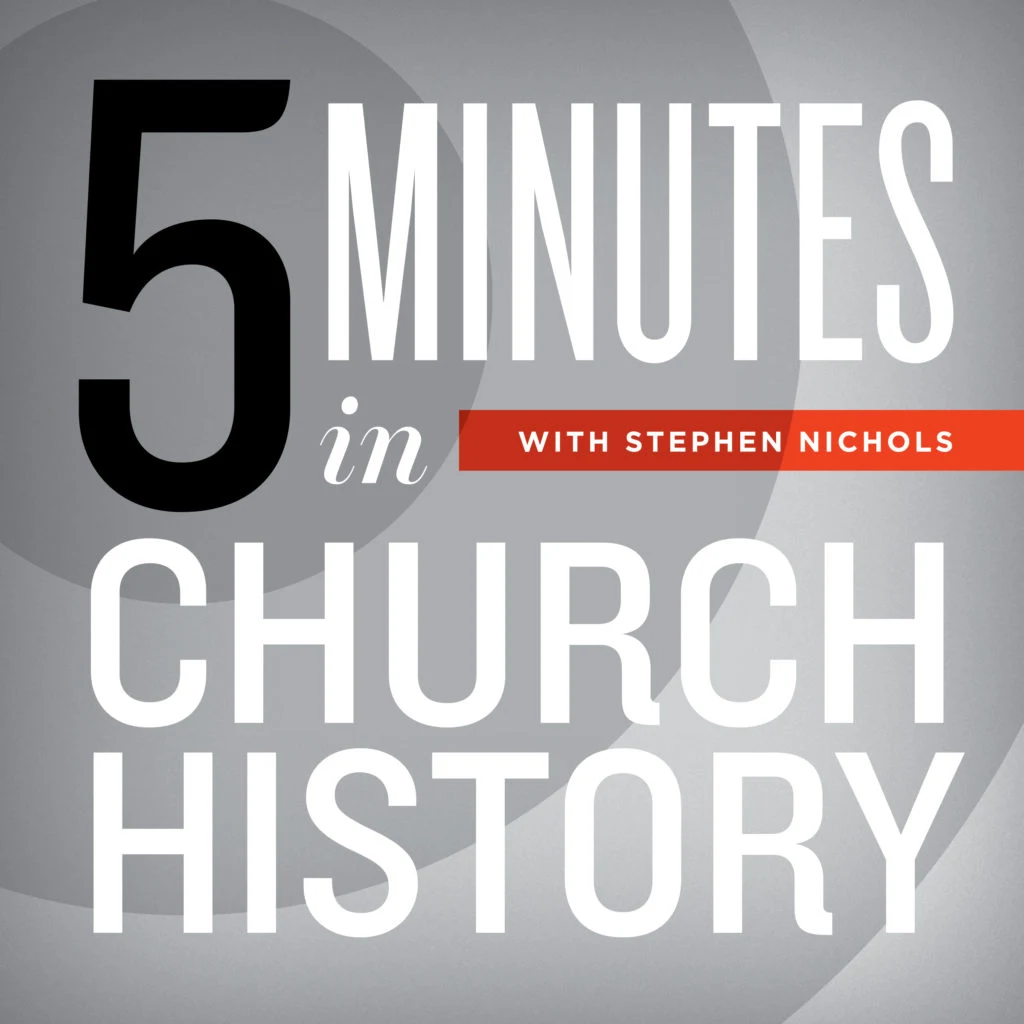Luther on Medieval Piety

Many people in the medieval church believed their works could earn God’s favor. Today, Stephen Nichols looks at a sermon that Martin Luther preached against this false idea, expounding the true riches of God’s grace in salvation.
Welcome back to another episode of 5 Minutes in Church History. In a few short days, on the 18th to be exact, it will be the 478th anniversary of Martin Luther’s death. He died on February 18th, 1546. Well, in honor of our good friend Martin Luther, we’ll talk about him on this week’s episode. I want to go back to one of his early sermons. It’s from 1519, and it was a sermon that he also turned into a treatise on Passion Week. Now, to understand why Luther is preaching on this, it happened to coincide with Passion Week in the year of 1519, but Passion Week was an essential and very central part to medieval piety. It was very much part of that works system of earning merits to somehow gain God’s favor. And over the centuries of the medieval Church, Passion Week, and various practices around it, Luther was very quick to say extra-biblical practices around it, evolved in the medieval Roman Catholic Church.
Passion Week tended to focus on the torture, the physical torture of Christ. And this evolved into what were called the stations of the cross. And so, the penitent would meditate at each of these stations of the cross to almost feel, as it were, the physical torture or punishment of Christ. Passion Week and the medieval Church practices also focused on the people who were part of the Passion Week story. And legends grew up around people that aren’t even a mention in the Biblical narrative, the Gospel narratives, of the events around Christ’s cross. One of those figures is Veronica and so-called Saint Veronica’s Veil. Veronica was believed to be along the path, the Via Dolorosa, as Christ carried His cross. And she wiped the sweat and blood from Jesus’s face. And as she did that, the image of Jesus’s face then imprinted on the cloth. And that cloth is known as Saint Veronica’s Veil, and it was housed in the Vatican in St. Peter’s Basilica. And even to this day, it is on display, not fully, just sort of shown as a veil. But it is on display once a year, and that is Palm Sunday. To date, there’s never been an actual photograph or a picture of the veil, but there are plenty of paintings of it.
Well, to counter all of this, Luther preached a sermon on the proper way to contemplate Christ’s passion and the events of Passion Week. He says the first way is terror- fright -to recognize that what is happening on the cross is the wrath of God is being poured out upon Christ. And then Luther says, “And it’s our sins that have caused Christ to suffer.” He says directly, “For your sins have certainly caused this.” And so, that should strike us with a holy fear, a holy terror. But then Luther reminds us, and he uses the quote from one of the few medieval theologians that Luther actually appreciated and that was Bernard of Clairvaux and his wonderful, beautiful hymn, “Oh, Sacred Head Now Wounded,” that once we see that holy fear, we recognize in faith, which is God’s gift, that Christ has done this for us. And so, that fear can turn to real joy. Luther says, “You throw your sins off of yourself and onto Christ when you firmly believe that his wounds and sufferings are for your sins that He carries and pays for them as we read in Isaiah 53:6, ‘The Lord has laid on Him the iniquity of us all.’”
So that's Luther's sermon on the meditation of Christ's holy passion from 1519, right in the middle of those crucial years of 1517 to 1521 and the beginning of the Reformation. That's Martin Luther, and I'm Steve Nichols, and thanks for joining us for 5 Minutes in Church History.
Recent Episodes
A Little Church History of a Middle Colony: Early Influences
December 10, 2025|American Church History
Gunpowder and a Proclamation
December 3, 2025|Geographical Perspectives
Thanksgiving in Church History
November 26, 2025|American Church History
3 Sermons on the Hallelujah Chorus
November 19, 2025|General Church History
Charles Jennens’ Libretto
November 12, 2025|General Church History
Cyprian of Carthage: Crisis in the 3rd Century
November 5, 2025|General Church History
